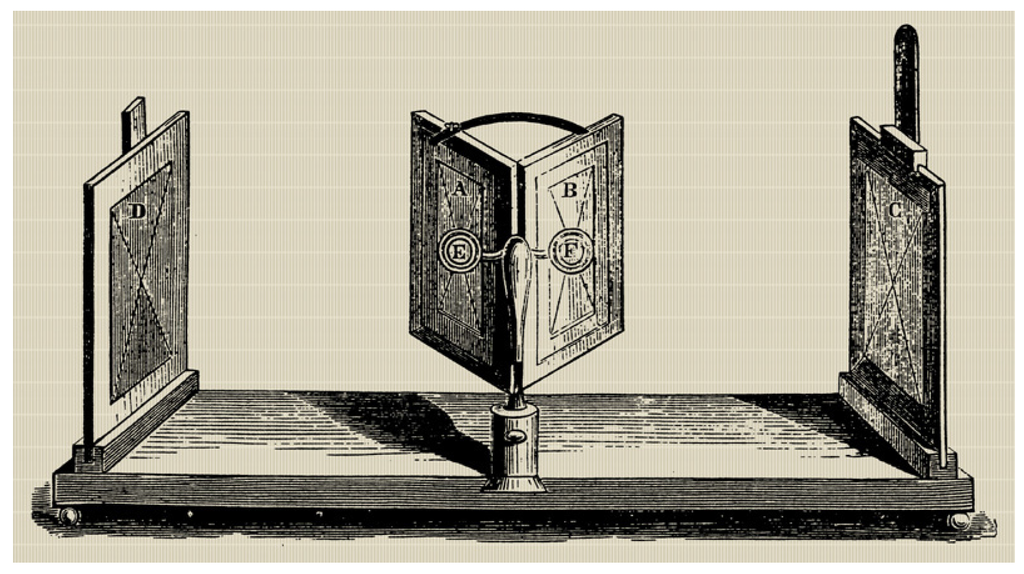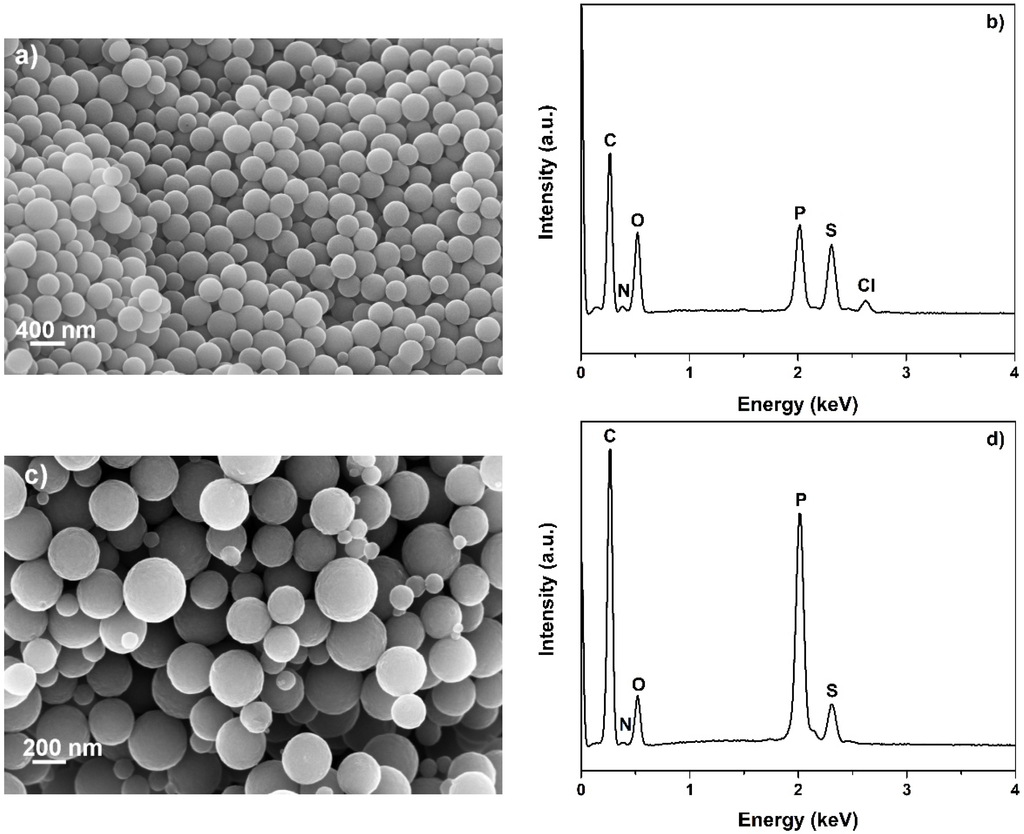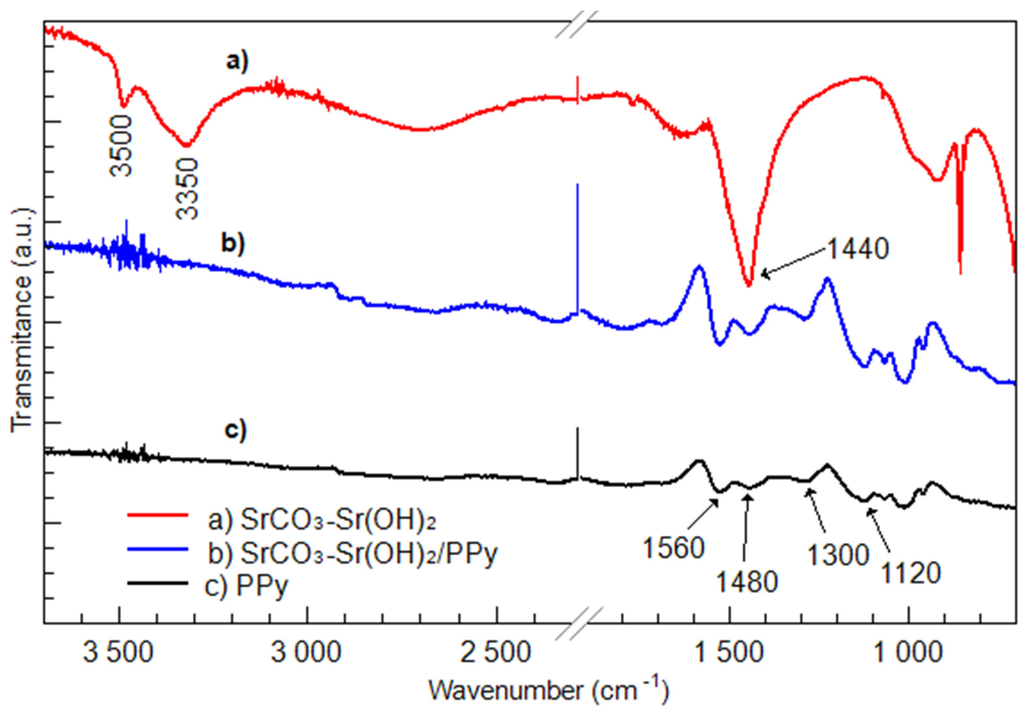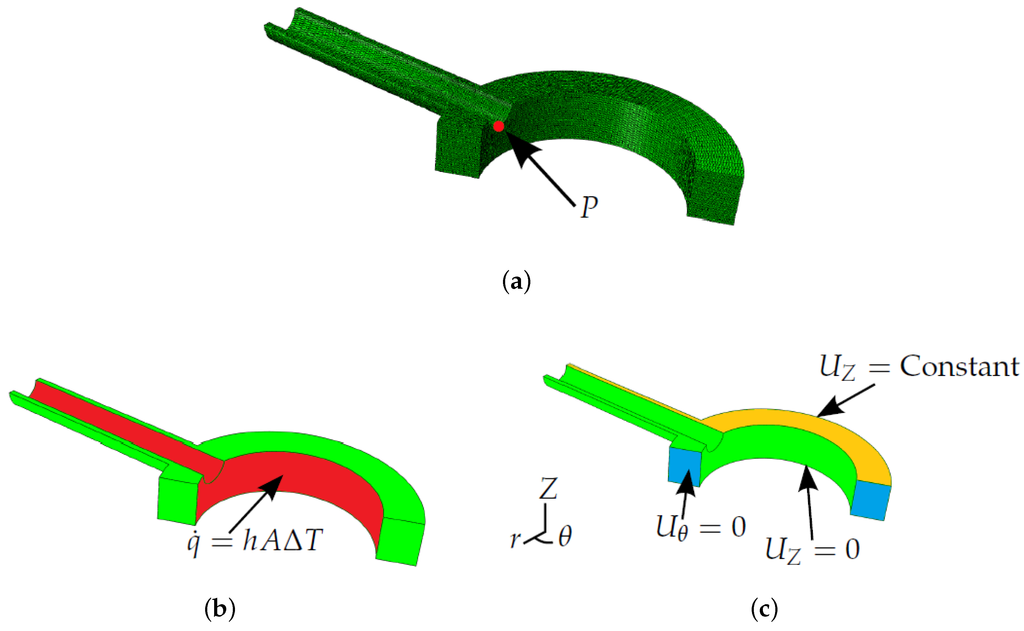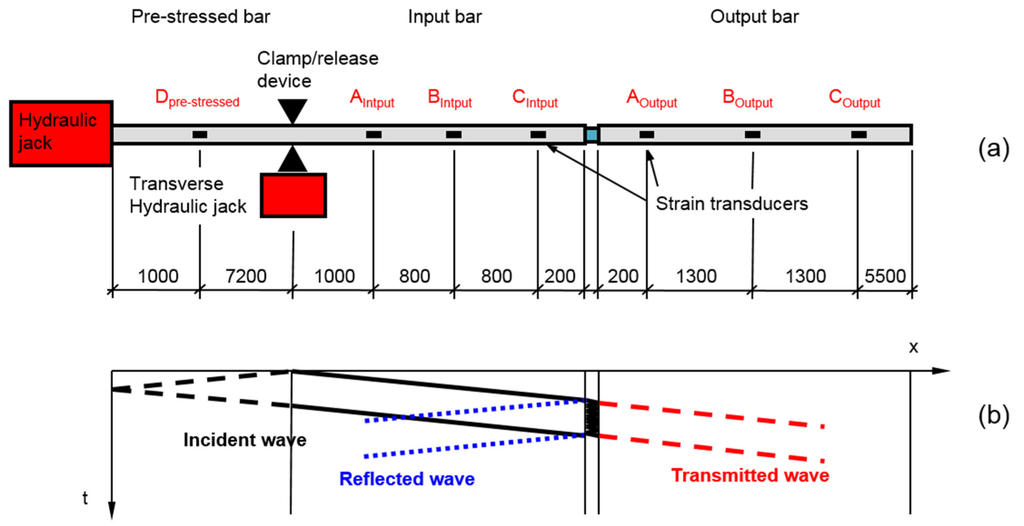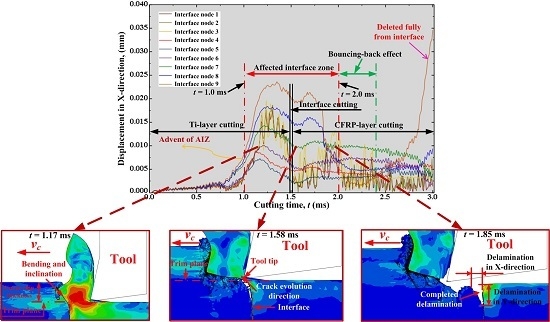Electronic Technology Department, Carlos III University of Madrid, Avenida de la Universidad 30, Leganés E28911, Spain
Materials 2016, 9(1), 36; https://doi.org/10.3390/ma9010036 - 11 Jan 2016
Cited by 33 | Viewed by 8690
Abstract
Three-dimensional vision has acquired great importance in the audiovisual industry in the past ten years. Despite this, the first generation of autostereoscopic displays failed to generate enough consumer excitement. Some reasons are little 3D content and performance issues. For this reason, an exponential
[...] Read more.
Three-dimensional vision has acquired great importance in the audiovisual industry in the past ten years. Despite this, the first generation of autostereoscopic displays failed to generate enough consumer excitement. Some reasons are little 3D content and performance issues. For this reason, an exponential increase in three-dimensional vision research has occurred in the last few years. In this review, a study of the historical impact of the most important technologies has been performed. This study is carried out in terms of research manuscripts per year. The results reveal that research on spatial multiplexing technique is increasing considerably and today is the most studied. For this reason, the state of the art of this technique is presented. The use of microlenses seems to be the most successful method to obtain autostereoscopic vision. When they are fabricated with liquid crystal materials, extended capabilities are produced. Among the numerous techniques for manufacturing liquid crystal microlenses, this review covers the most viable designs for its use in autostereoscopic displays. For this reason, some of the most important topologies and their relation with autostereoscopic displays are presented. Finally, the challenges in some recent applications, such as portable devices, and the future of three-dimensional displays based on liquid crystal microlenses are outlined.
Full article
(This article belongs to the Special Issue Materials for Display Applications)
▼
Show Figures

